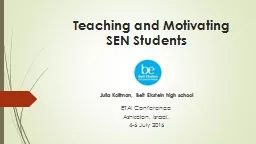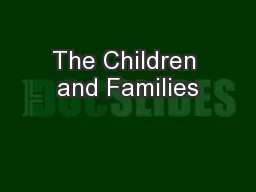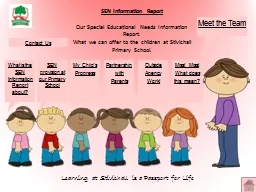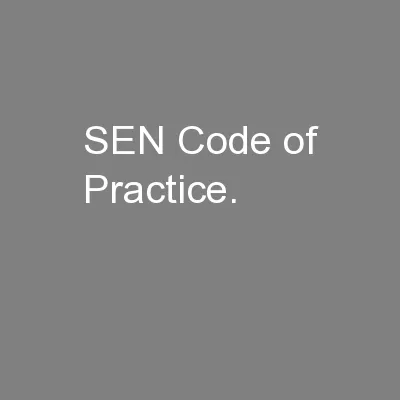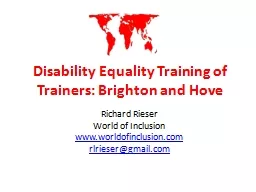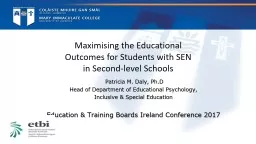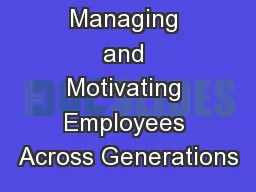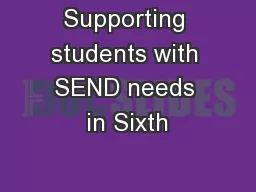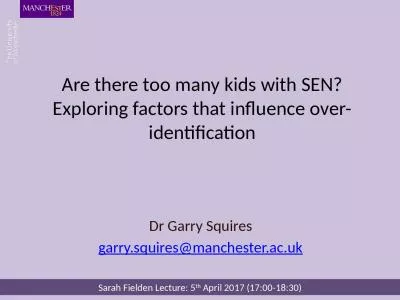PPT-Teaching and Motivating SEN Students
Author : stefany-barnette | Published Date : 2017-10-20
Julia Koifman Beit Ekstein high school ETAI Conference Ashkelon Israel 46 July 2016 Programme Introduction Cooccurrence of SEN How to catch their attention
Presentation Embed Code
Download Presentation
Download Presentation The PPT/PDF document "Teaching and Motivating SEN Students" is the property of its rightful owner. Permission is granted to download and print the materials on this website for personal, non-commercial use only, and to display it on your personal computer provided you do not modify the materials and that you retain all copyright notices contained in the materials. By downloading content from our website, you accept the terms of this agreement.
Teaching and Motivating SEN Students: Transcript
Download Rules Of Document
"Teaching and Motivating SEN Students"The content belongs to its owner. You may download and print it for personal use, without modification, and keep all copyright notices. By downloading, you agree to these terms.
Related Documents

